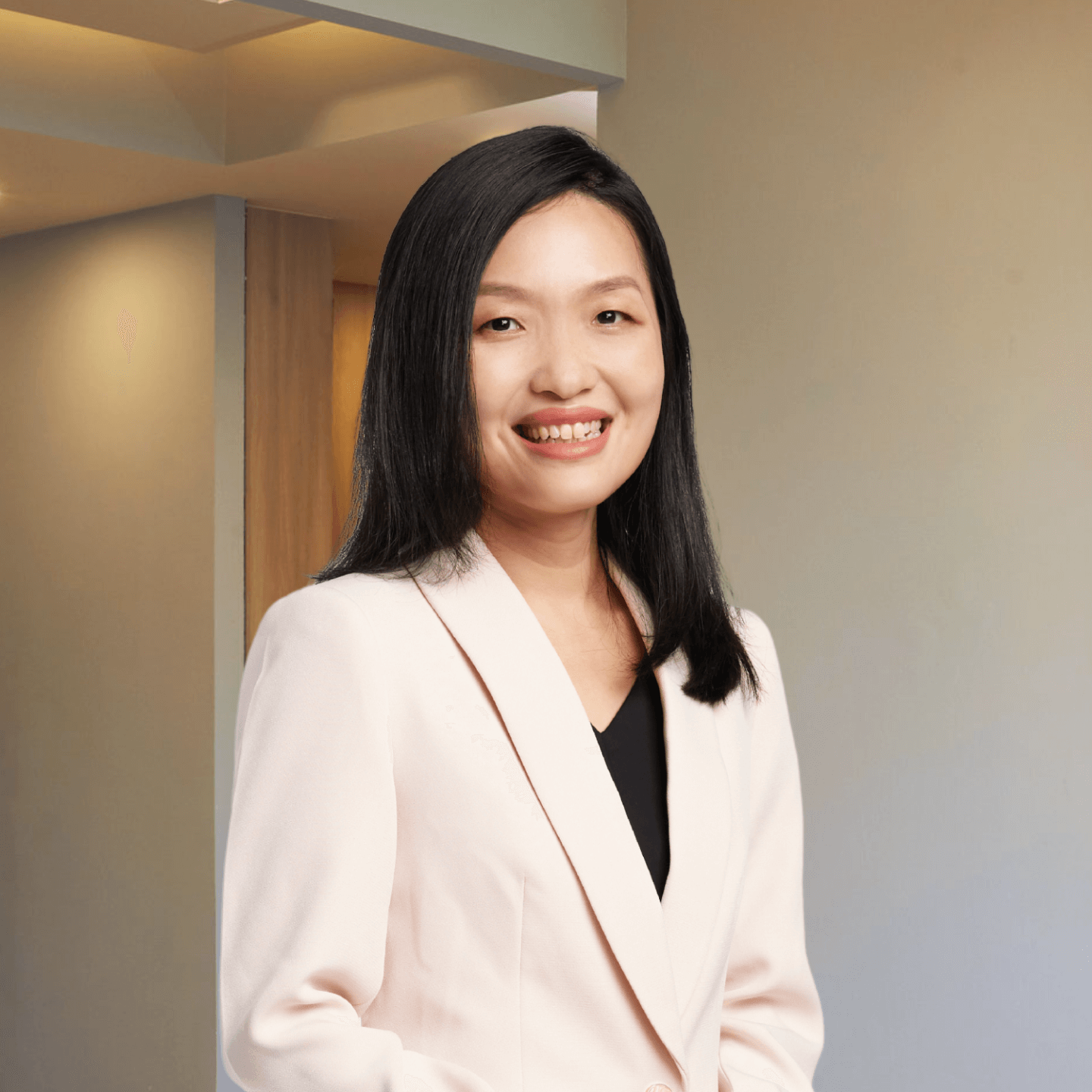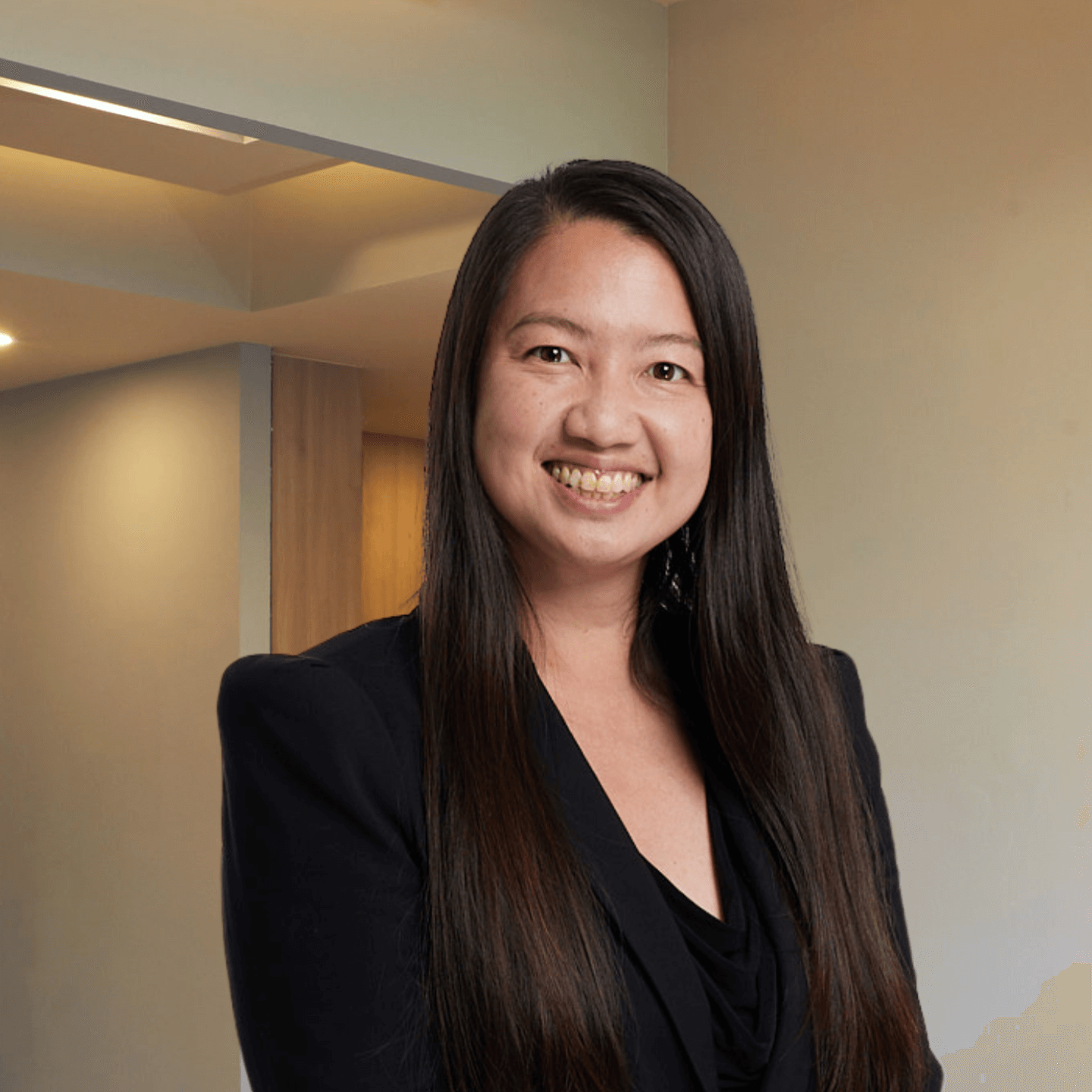Breast Augmentation Procedure
Breast augmentation is typically performed as an outpatient procedure under general anaesthesia or intravenous sedation, and usually takes 1-2 hours, depending on the complexity and the specific surgical technique used. Here’s an overview of the breast augmentation procedure:
- Anaesthesia: Your surgeon will administer anaesthesia during the procedure. You will be asleep and unable to feel any pain.
- Incisions: The surgeon will make the necessary incisions, taking care to minimize scarring and ensure the best possible aesthetic outcome. The location of the incisions will depend on the type of implant, the patient’s anatomy, and personal preference.
- Implant placement: Next, the surgeon will create a pocket for the implant, either above or below the pectoral muscle, depending on the chosen technique. The implant is then inserted into the pocket and positioned for optimal symmetry and appearance.
- Closing the incisions: Finally, the surgeon will close the incisions with sutures, surgical tape, or adhesive, and apply a dressing to protect the area and minimize swelling.




